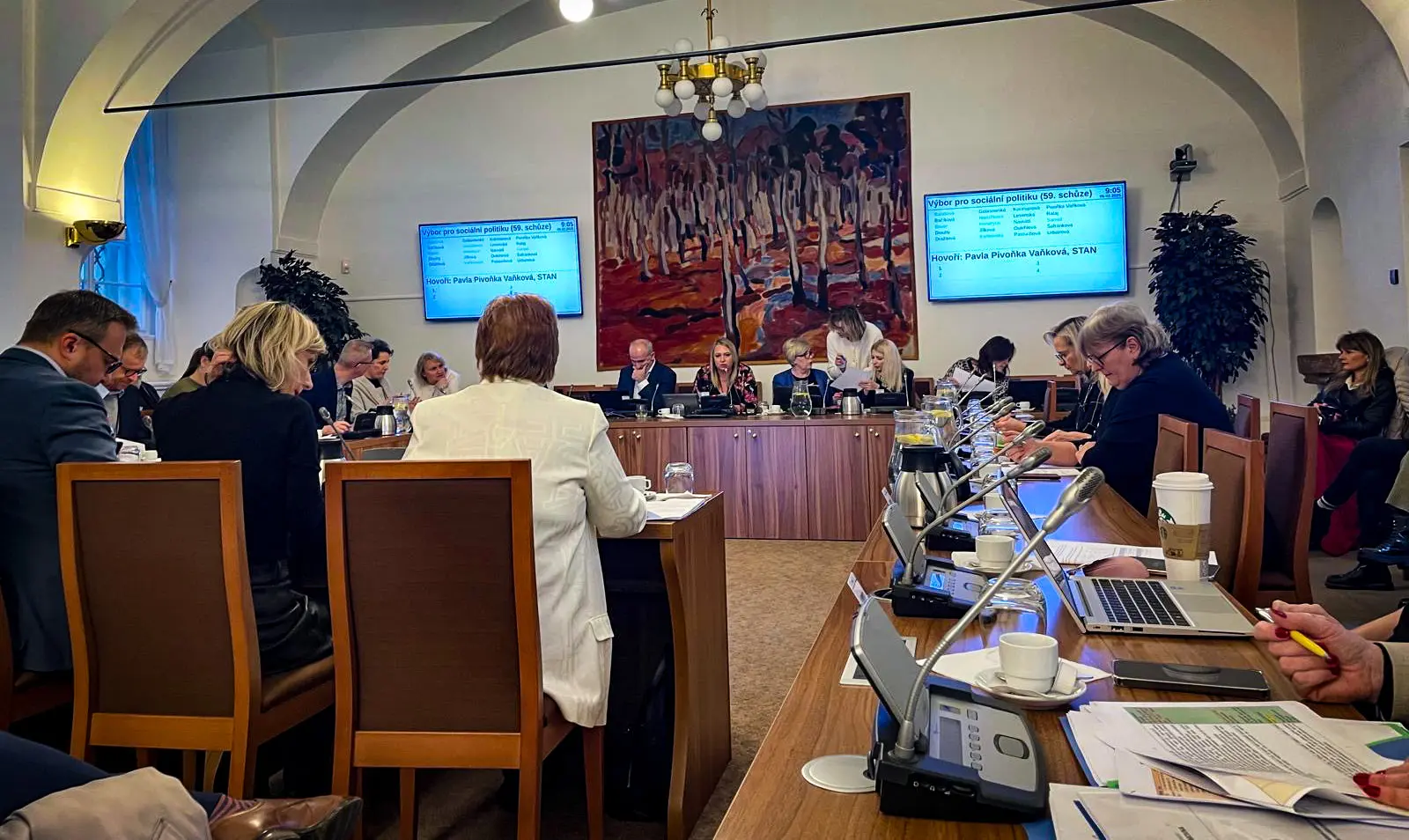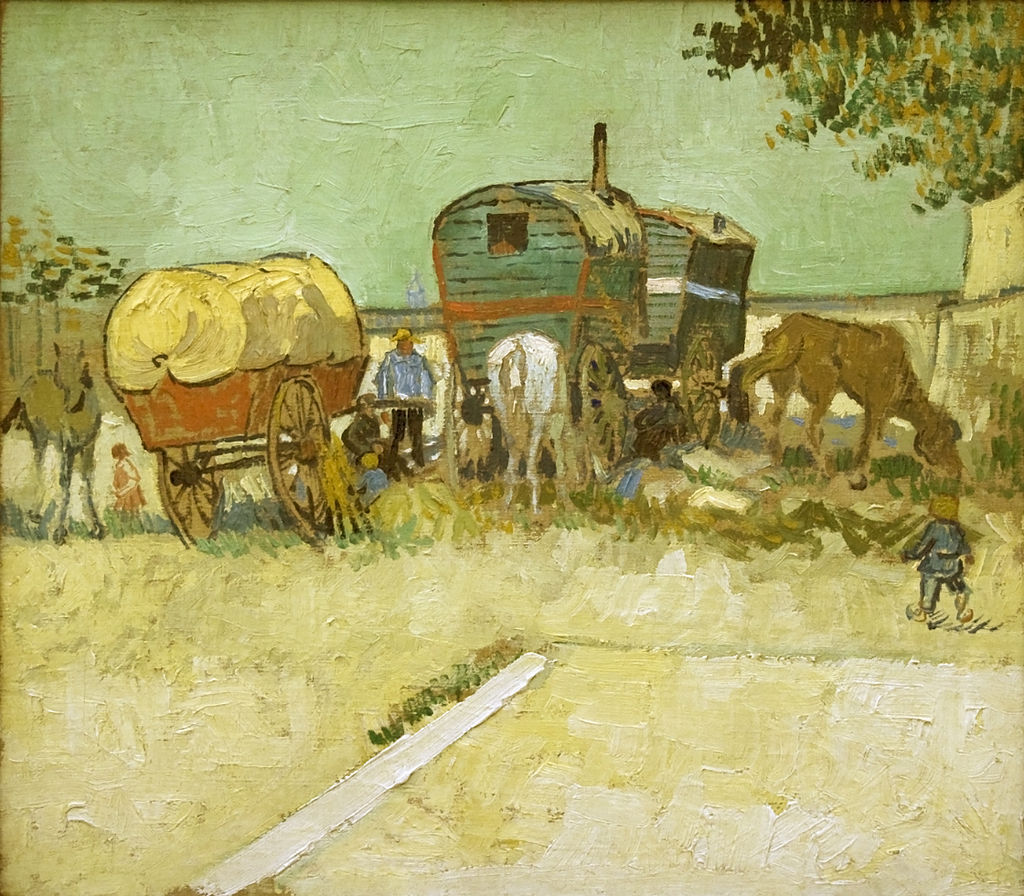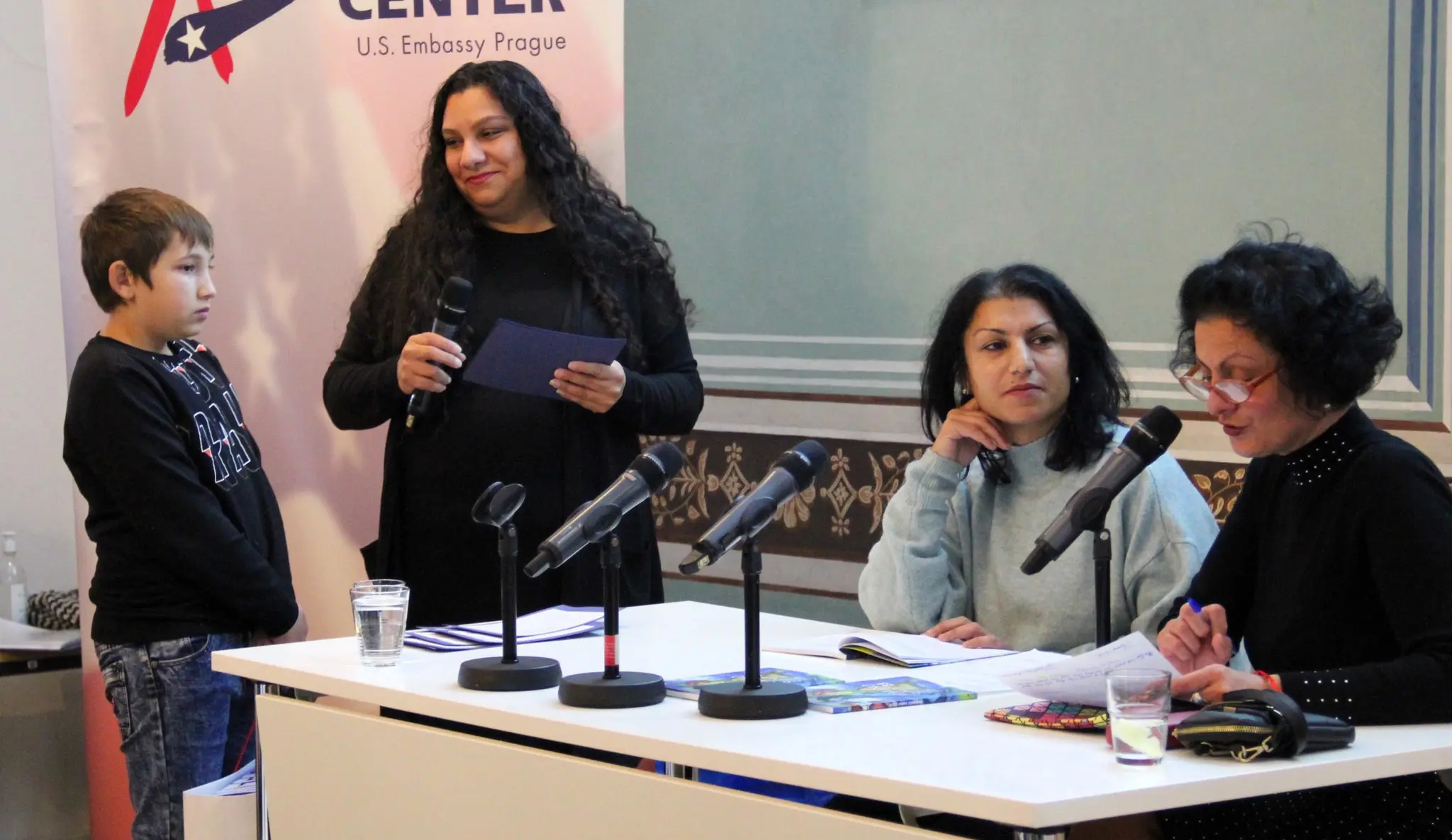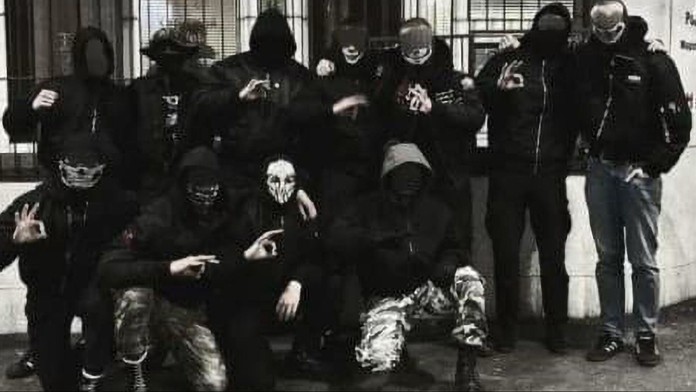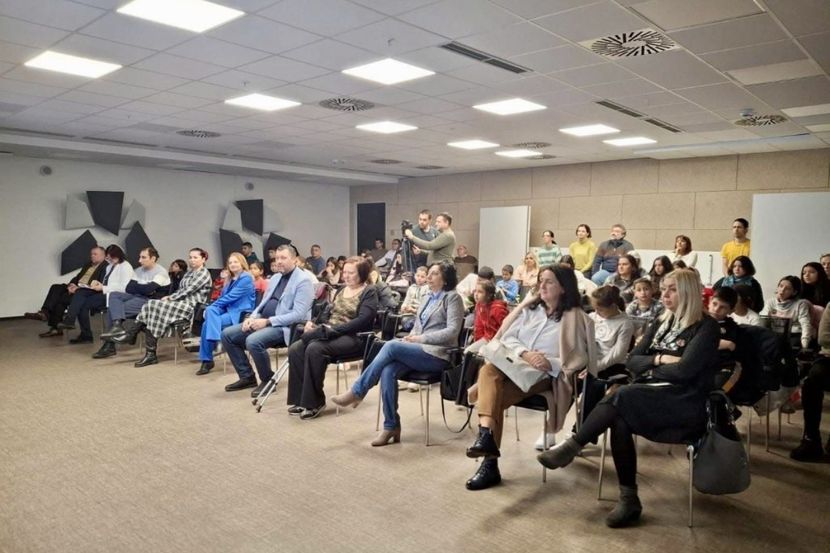On May 16th 1944, the prisoners of camp sector II B of Auschwitz-Birkenau actively rebelled. Rroma detained there were supposed to be led into the gas chambers by SS: “Armed with stones and tools, they barricaded themselves in the barracks. They managed to escape extermination for the time being. […] The uprising in the camp sector II B of Auschwitz-Birkenau, the “Gypsy camp”, was a highlight of the resistance that Sinti and Roma actively held in many ways against the persecution and extermination by the Nazis. But their resistance was broken: after the selection of all prisoners capable of working, the “Gypsy camp” was dismantled in early August. The remaining 2900 people died in the gas chambers.” In Auschwitz-Birkenau, around 23,000 Rroma were detained, half of them younger than 14 years old. Almost all of them were murdered. On the occasion of the commemoration, Deutschlandradio Kultur spoke with Silvio Peritore, from the Central Council of German Sinti and Rroma. Peritore complains about the lacking reappraisal of the genocide in the post-war period, the detentions were legitimized as “crime prevention” in continuity with the Nazis policies, and the continuing tolerance of racist slogans under the guise of freedom of expression, which reveals ambivalence towards ones own history. The Administrative Court of Kassel decided in September 2013 that the posters of the NPD with the slogan “Money for grandma instead for Sinti and Roma” had to be tolerated under the paragraph on the freedom of expression. The statement of facts didn’t qualify as demagoguery: “How can it be that after a recognition of the genocide – with exhibitions, with monuments, educational events – again today, people continue to be defamed with a similar language. Last year before the federal election campaign, now for the European elections again, these NPD election posters are tolerated under the guise of party protection and freedom of expression. The state or the judiciary does not evaluate this form of misanthropy as demagoguery and regularly slams complaints from citizens, from people affected, and from Sinti and Roma, who don’t want to put with that. On one side one has the historic confrontation in the form of monuments – which are important, which are essential – but on the other side, one has this contradiction that allows populist parties, right-wing extremists, to do their propaganda against minorities, especially against Sinti and Roma. They use them as scapegoats for perceived or real nuisances, which is very frightening.” On one side, Peritore speaks about a legal loophole, the tolerance of discrimination by the rule of law under the freedom of speech and press, on the other hand, the problem of the social tolerance of these hostilities. It is therefore every single citizen responsibility to work and pursue a just society (compare Barbezat 2014, Deutschlandradio Kultur 2014, Die Presse 2014, Stoll 2014, Von Billerbeck 2014).
- Barbezat, Eugénie (2014) Les Rroms célèbrent les 70 ans de l’insurrection de Birkenau, le 16 mai 1944. In: L’humanité online vom 18.5.2014. http://www.humanite.fr/les-rroms-celebrent-les-70-ans-de-linsurrection-de-birkenau-le-16-mai-1944-531062
- Deutschland Radio Kultur (2014) Gedenken an KZ-Aufstand der Sinti und Roma. In: Deutschland Radio Kultur online vom 16.5.2014. http://www.deutschlandradiokultur.de/nationalsozialismus-gedenken-an-kz-aufstand-der-sinti-und.1895.de.html?dram:article_id=285575
- Die Presse (2014) Aufstand in Auschwitz: „Nicht kampflos in die Gaskammer gehen“. In: Die Presse online vom 16.5.2014. http://diepresse.com/home/zeitgeschichte/3805411/Aufstand-in-Auschwitz_Nicht-kampflos-in-die-Gaskammer-gehen
- Stoll, Sabine (2014) Sinti und Roma fordern, dass Nürnberg NPD-Plakate entfernt. In: Nürenberger Nachrichten online vom 16.5.2014. http://www.nordbayern.de/nuernberger-nachrichten/nuernberg/sinti-und-roma-fordern-dass-nurnberg-npd-plakate-entfernt-1.3647835
- Von Billerbeck, Liliane (2014) Massenmord legitimiert, Opfer diffamiert. In: Deutschland Radio Kultur online vom 16.5.2014. http://www.deutschlandradiokultur.de/fehlende-aufarbeitung-massenmord-legitimiert-opfer.954.de.html?dram:article_id=285635
